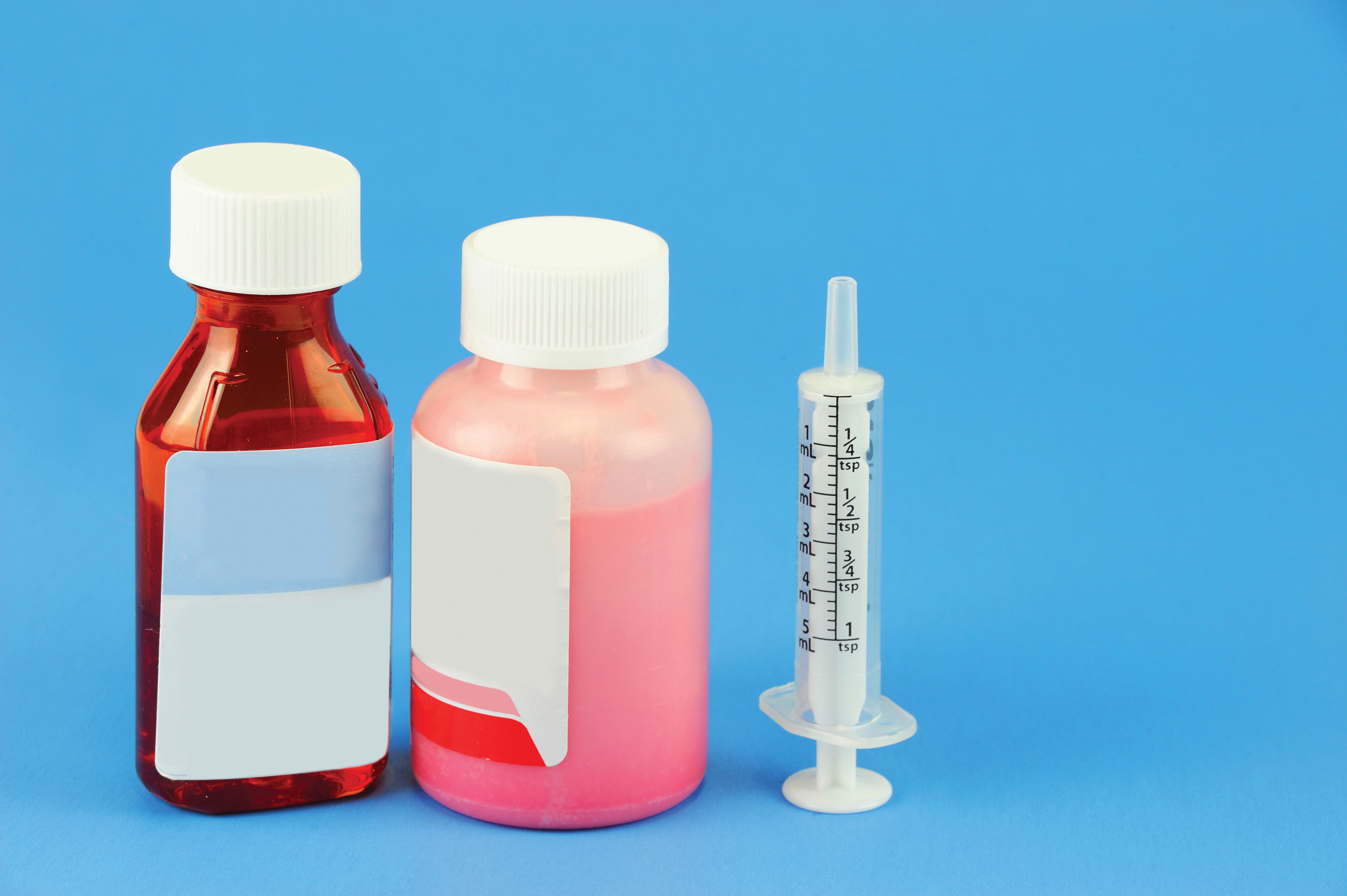News
Article
Equipment and Processing Report
Equipment and Processing Report
New Tools Fight Counterfeiting
Author(s):
New weapons in the anticounterfeiting arsenal include authentication and labeling technologies.
The counterfeit drug problem shows no signs of disappearing. In fact, since January 2012, FDA has issued warnings about fake Adderall (dextroamphetamine saccharate, amphetamine aspartate, dextroamphetamine sulfate, and amphetamine sulfate), Avastin (bevacizumab) and Altuzan (bevacizumab) (1-3). Fortunately, even as counterfeit products are discovered in marketplaces worldwide, drugmakers have added weapons to their anticounterfeiting arsenal.

One way to authenticate product involves a syringe label with overt and covert security features. These features include a security printing-image and a 23-digit, encrypted KeySecure code overprinted with a removable scratch field (see Figure 1). The KeySecure technology from Schreiner Medipharm is already commercial in China where Q-Med AB adopted it in 2012 to protect prefilled syringes of its Restylane gel (an injectable hyaluronic-acid-based product).
“Our customers rely on a product that has been subjected to years of research and testing,” said Lars Carlson, head of purchasing at Q-Med, a Galderma division (4). “This makes it all the more important for us to prevent [customers] from suffering undesirable side effects and health problems by counterfeit products.”
For further quality assurance and documentation, a barcode referencing the security code is integrated into the label. In addition, a customized adhesive and security slits in the substrate make it impossible to remove the label without destroying it.
To authenticate the product, the doctor or therapist exposes the encrypted code by scratching off the overprinted ink with a coin or fingernail, dialing the phone number on the label, and entering the security code on the phone’s keypad or touch screen. Confirmation of authenticity is almost immediate. “The KeySecure tracing system allows products to be tracked anywhere in the world…web-based queries are possible too,” said Gene Dul, president of Schreiner MediPharm US (4). The telephonic code queries not only authenticate product, but also provide Q-Med with data about user behavior and alerts about potential threats, such as a rising number of false codes received from a particular region.
Another authentication technology applies microparticle barcodes to solid dosage forms using inert silicon dioxide, which is a commonly used excipient with GRAS (generally recognized as safe) status from FDA. Invisible to the eye, the barcode, developed by TruTag Technologies, is readable via a Portable Authentication Reader, also from TruTag. The scannability enables both verification and product tracking at the dosage level and can reveal product information such as dosage strength, batch number, site of manufacture, and expiration date.
Another barcode technology combines widely used logistic symbols, such as a two-dimensional GS1-DataMatrix or QR code, with polymorphic, nonmathematical technology from Six Degrees Counterfeit Prevention. Common readers and SmartPhones read the hybrid barcode to obtain item identity, serial number, lot number, and expiration date. The encryption technology is impervious to cryptanalysis and other attacks and enables authentication without referring to a database. Since the code can only be authenticated once, any copies on counterfeit product would raise an alert. In addition, the unique encryption prevents counterfeiters from reverse engineering the algorithm and producing new codes. “Six Degrees Counterfeit Prevention will enable mass serialization for the pharmaceutical, biotech, and medical device industries; ensure brand protection and prevent counterfeiting, providing end-to-end e-pedigree, recall control, and ensure hack-proof security for all data without requiring special hardware or readers,” said Reid Graves, senior pharmaceutical advisor at Six Degrees (5).
Other labeling technologies also can thwart counterfeiting. Thinfilm Memory electronic labels from Thin Film Electronics ASA provide an electronic signature that is virtually impossible to replicate. A handheld reader tests the label and verifies the product’s authenticity. Customized signals can be dedicated to a specific product line or manufacturer. On the packaging line, the Thinfilm Memory labels handle just like conventional labels.

Randomly placed micro- and nano-particles create a unique fingerprint on tamper-evident labels applied to product packaging. The nonClonableID technology from Bilcare Research (see Figure 2) cannot be copied and provides instant authentication, as well as secure track-and-trace and e-pedigree data. Authentication occurs in seconds through a commercially available reader that checks a scanned fingerprint against an online database. Confirmation information also can be sent to a SmartPhone.
References
- FDA, “FDA warns consumers about counterfeit version of Teva’s Adderall,” Press Release, May 29, 2012.
- FDA, “Avastin (bevacizumab): Counterfeit Product - FDA Issues Letters to 19 Medical Practices,” Safety Alerts for Human Medical Products, Feb. 14, 2012.
- FDA, “Altuzan (bevacizumab): Counterfeit Product - Contains no Active Ingredient,” Safety Alerts for Human Medical Products, April 3, 2012.
- Schreiner MediPharm, "Q-Med and Schreiner MediPharm Partner to Secure Medical-cosmetic Products in China through Telephonic Authentication," Press Release, June 13, 2013.
- Six Degrees Counterfeit Prevention, "Six Degrees Counterfeit Prevention Announces Release of Revolutionary Hybrid Barcode," Press Release, Oct. 4, 2012.
—Hallie Forcinio is Pharmaceutical Technology's packaging editor, editorhal@cs.com.
Newsletter
Get the essential updates shaping the future of pharma manufacturing and compliance—subscribe today to Pharmaceutical Technology and never miss a breakthrough.





